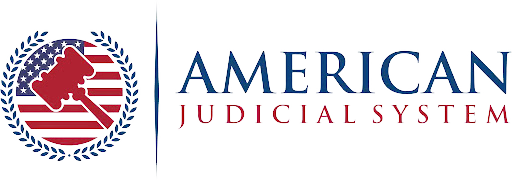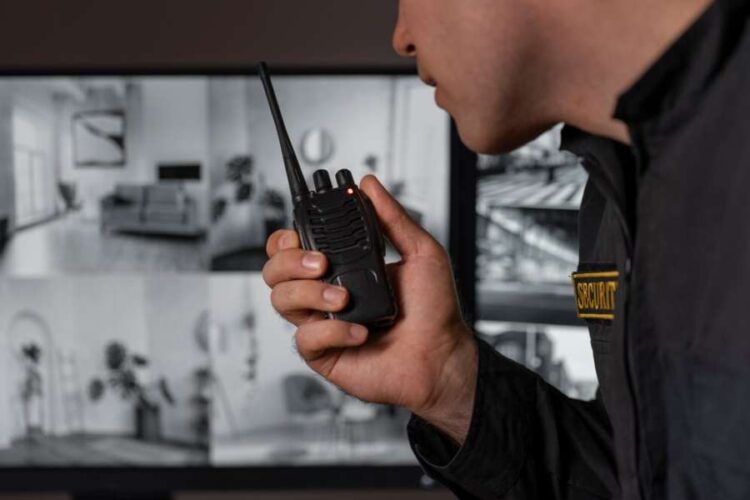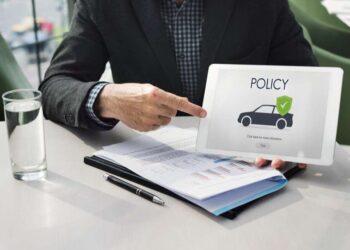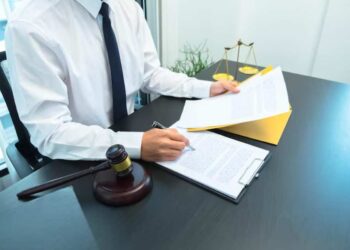In a legal world where evidence matters way more than any witness’s opinion, technology marches forward and surveillance technology has become one of the most prominent legacies for lawyers. Surveillance systems, commonly associated with a remote video monitoring setup which has the capacity for 24-7 video surveillance documentation, are a fantastic way to enhance a lawyer’s ability to support their case. The reality isn’t hard to imagine: whether pursing a civil claim, or going through a criminal trial, visual media captured in real time can support arguments made, disprove claims being made and impact the direction of trials.
The Value of Surveillance Footage in Legal Strategy
For attorneys, the purpose is to compile a case around information that is clear, convincing and credible. When it comes to eye witness testimony it doesn’t take a lot for perception or memory lapse to alter an important fact in evidence. Video evidence is not susceptible to perceived bias. Video evidence provides contemporaneous evidence that serves as a great basis for corroboration for either the defense or the prosecution.
In addition, surveillance footage can help identify timelines, support alibi claims, determine if specific individuals were (or were not) at specific areas. For example, in a personal injury lawsuit, can security footage determine if a slip and fall actually happened as described? In the criminal area, it can serve as the foundation for suspect review, or establish the order of events, or evidence of the condition of a crime scene.
Leveraging Remote Video Monitoring for Real-Time Evidence
Remote video monitoring provides lawyers with the ability to view and review video footage from nearly anyplace in the world. This access is particularly useful for time-sensitive cases. In real time, lawyers may respond to events as they happen and can collect and preserve time-sensitive evidence before the data has been overwritten or lost. Having remote access also covers the possibility that visual data was missed to ensure nothing critical is left unseen if the legal team is not on-site.
Lawyers can work together with private security companies or forensic video analysts for recovery and analysis of surveillance footage. In fact, they can also serve as an expert witness, and can assist with knowing whether the video is real or “not a fake”, playback analysis, and in explaining visual elements that may otherwise be missed.
Strengthening Case Narratives with Visual Support
A strong story is usually the backbone of a persuasive legal argument. Surveillance footage brings an authenticity that can elevate any story telling at trial. From a clear shot of a suspect entering a structure to a timestamped video that shows that a client was outside the scope of the alleged crime, video evidence can enhance or destroy the accuracy and credibility of any story told.
Jurors often put a great deal of weight on visual evidence in courtrooms. People believe what they see, and when juries receive video footage that supports the arguments made by counsel, they are more likely to be persuaded. Lawyers that use video and surveillance video in tactical ways can not only enhance credibility but make complex situations more understandable that would otherwise be difficult to crystallize.
Legal Considerations and Admissibility of Footage
Surveillance footage is great, but it is not always going to be admissible in a court of law. A lawyer will need to ascertain that the footage was obtained lawfully, that it has not violated any of’s laws regarding privacy issues, and has not been altered. Chain of custody is extremely important, if there is a break in who handled the footage, it is going to raise a lot of questions in court.
In addition, in some locations, consent is needed to audio or visual record someone. Lawyers must know the maze of local and federal laws when it comes to surveillance, or else critical evidence can be excluded. That said, if properly collected and articulated, video evidence, is often considered the most believable of the examples of documentation.
Using Surveillance Footage in Civil vs. Criminal Cases
While using surveillance footage is fairly similar in civil and criminal cases, there are some differences. In civil litigation, such as occupational accident claims or ‘slips and falls’, video can tell you if safety guidelines were followed or if the evidence showed negligence in respect to the injury. Video can even show how severe the injury appears, or someone’s actions leading up to the injury – all of these can provide context in the claims of negligence or even present fraudulent activity.
Video can be a revolutionary tool for criminal defense. A recording depicting the defendant far away from the crime when it occurred, or that indicates inconsistencies in a witness’s statement, could save someone’s life facing severe charges. For prosecution, video can demonstrate a timeline of events, report additional suspects, or show premeditated events that lead to violent crime.
Best Practices for Lawyers Utilizing Surveillance Footage
Legal representatives who intend to use surveillance footage proactively need to act fast. Time is often of the essence, particularly because many systems use a loop, and record over data every few days or weeks. Once you contact the property owner or business in possession of the video, your time starts counting down.
Also, involving technical experts who can improve video quality, frame all analysis of video, or extract stills for use in courtroom proceedings is worthwhile. Legal teams must also be proactively engaged in preparing for any potential objections to authenticity and/or relevance by opposing counsel.
Conclusion: A Modern Tool for Modern Litigation
The availability of surveillance video, especially using remote video monitoring, has changed the way lawyers build cases and prepare defenses. It has created an efficient, reliable, and readily accessible form of evidence that establishes outcomes, corroborates timelines, and verifies claims. There is little question that as technology advances, those legal practitioners who adopt that technology as part of their approach to lawyering will have a better opportunity to get their clients the desired outcome. Surveillance is not simply a supplement; it has to be a primary component of case preparation and no longer needs to be something that we consider optional.










